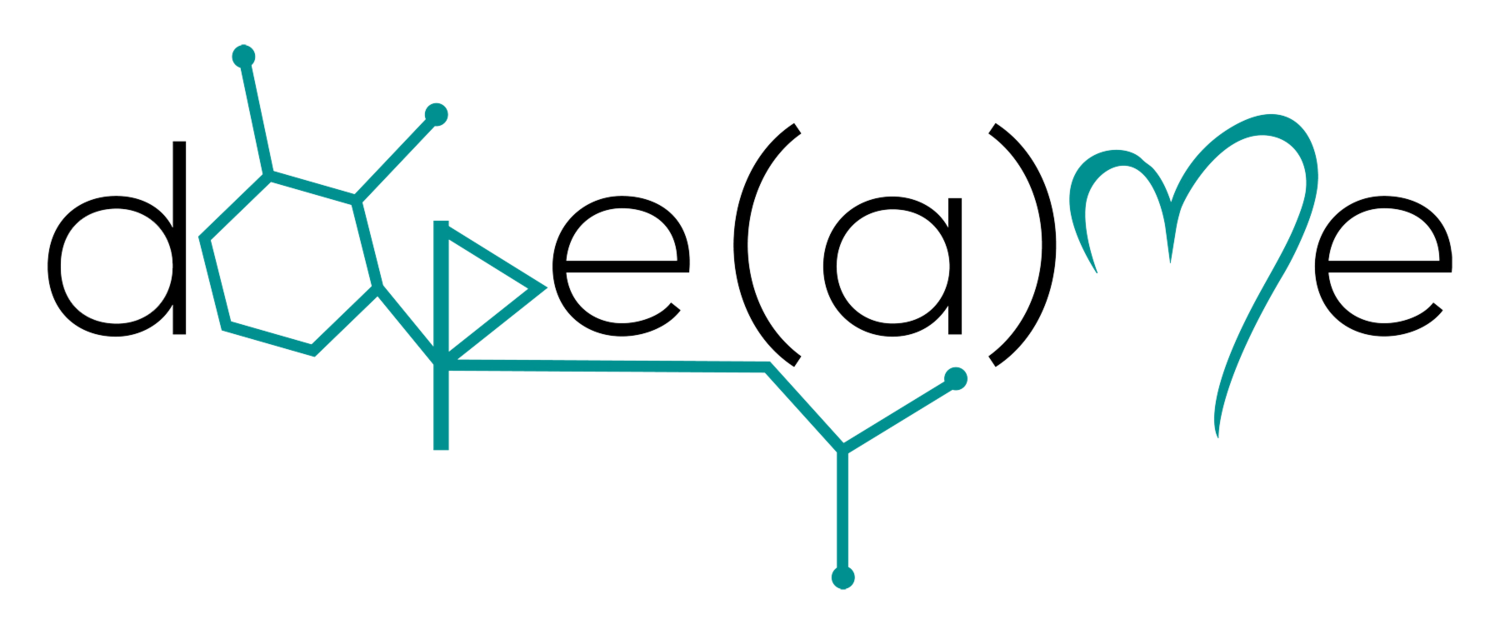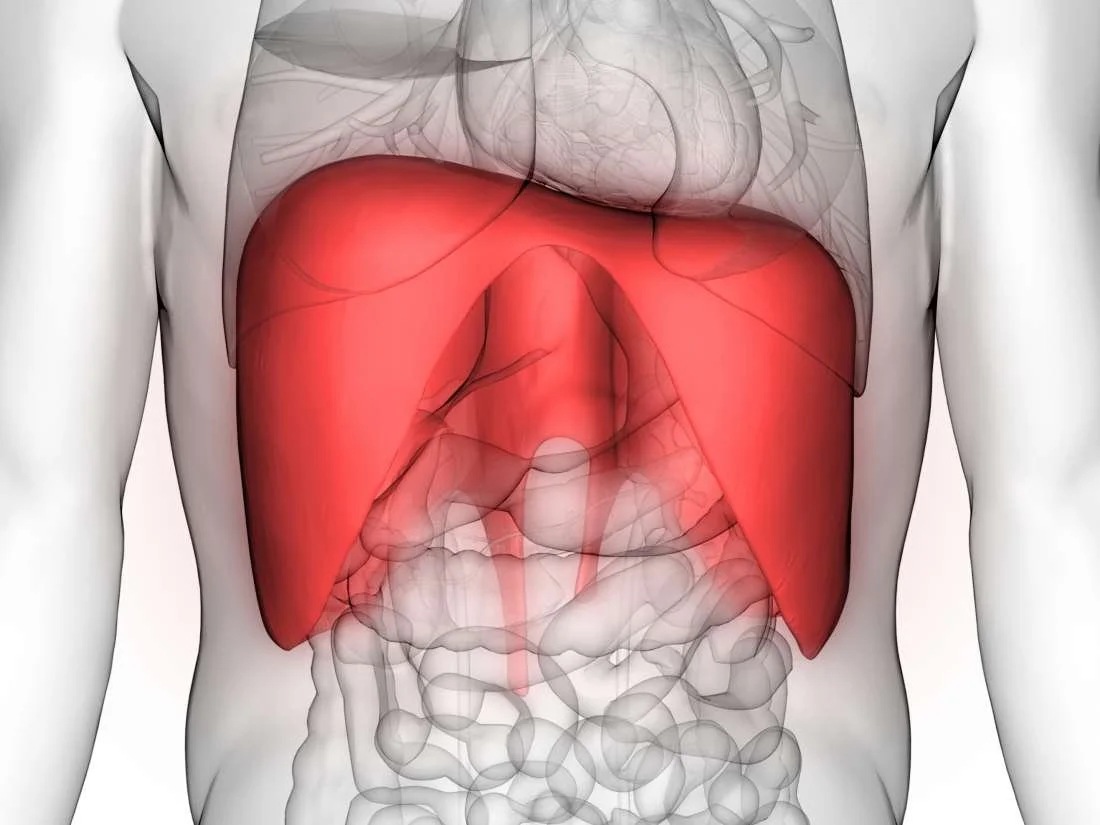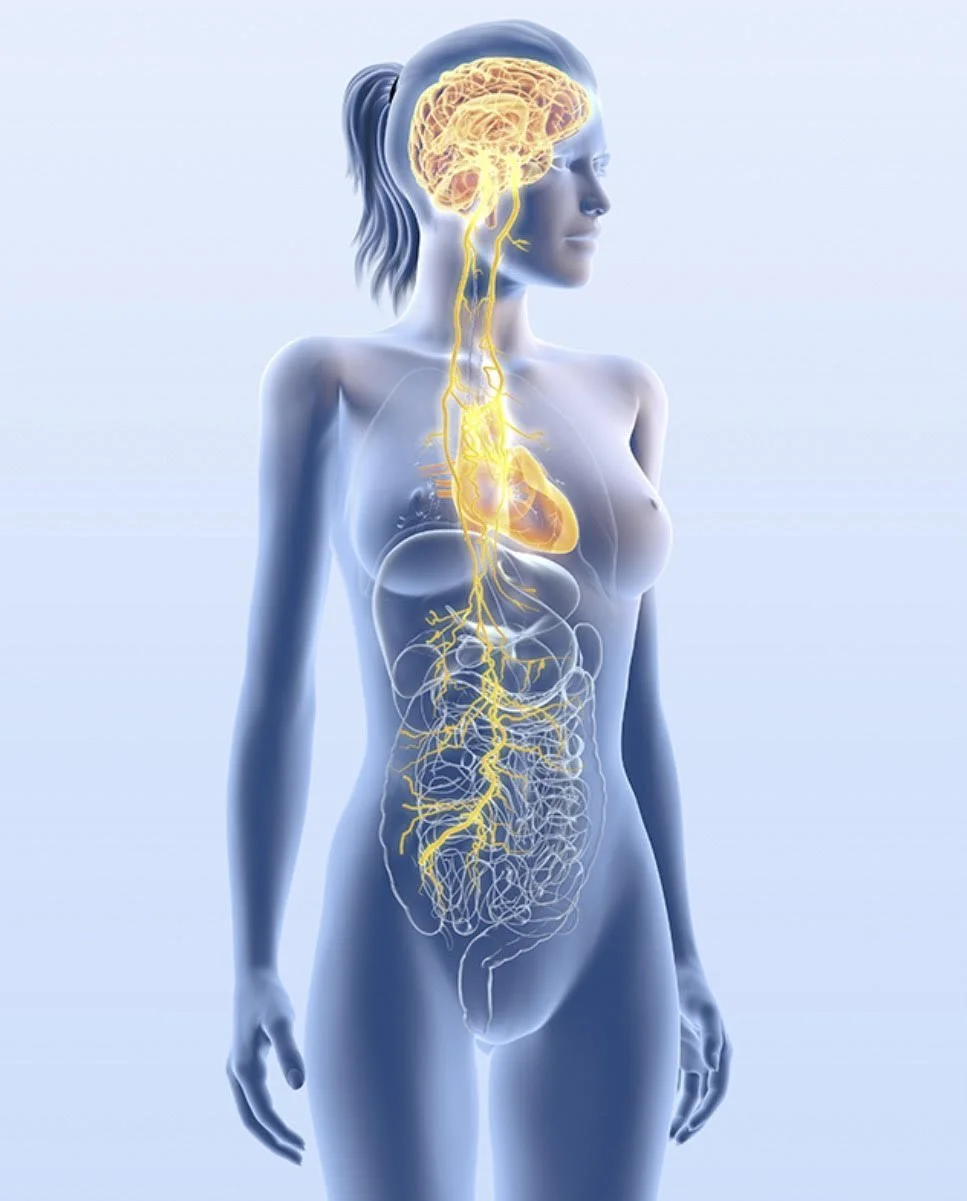I have many conversations with people that start with a version of this question being asked of me, “why would someone want or need to engage in breathwork practices?” I answer this question differently every time because, ultimately, there are so many different practices or forms of breathwork that can be used for varying intentions, and there are many reasons why someone would start to learn and practice breathwork. Breathwork is multifaceted and intricately tied to the autonomic nervous system. In an attempt to clearly detail why I continue to practice and teach breathwork as the foundation of my business and personal self care, I have composed a list of SIX reasons, and some brief descriptions to elaborate.
Reason #1:
Meditation has been touted for generations as an important and powerful practice for stress reduction, stress resiliency, improving mental and physical health, and potentially a gateway to a spiritual connection or relationship to something beyond the contracted individual experience. Recent research has now shown that engaging in breath focused meditation has been proven to be more beneficial than simply meditating without a breath focus. Beneficial in what ways? Improved mood, health, perspective shifting, and emotional balance. The reasons why for this are plenty, a few of which are described in the points below. One main reason to consider is the exercise breathwork provides for your respiratory diaphragm. This vital skeletal muscle plays a significant role in the healthy functioning of our entire body, and like many muscles, it becomes tight, weak and tired when it is not being exercised properly.
A well-functioning and flexible diaphragm is the ideal as it is the main pump for the lymphatic system. During respiration, the movement of the diaphragm is what circulates and removes excess water and waste material (aka lymph) from the extracellular environment. Proper movement of the diaphragm with each breath supports lymph to be sucked through the bloodstream which improves detoxification and keeps cells in what is known as a "dry state." It is vital for cells to be in a dry state in order to engage in sodium and potassium exchange, as well as absorb the oxygen available in the body. The imbalances from poor oxygenation leads to the electrons within the cell to slow and stop freely interchanging with others cells, resulting in unregulated and abnormal growth, cell death and/or disease (i.e. cancer).The speed and strength of your body's circulation, communication, and restoration is highly correlated with the health of your respiratory diaphragm.
Reason #2:
With a deeper understanding of how to breathe optimally you can more efficiently guide yourself to calm during or after stressful situations, and guide yourself into an alert, focused and grounded state to heighten your cognition and improve your memory as you step into your next task or event. Your breath is intricately connected to your autonomic nervous system. The pace, quality, perspective and narrative in our mind is a byproduct of the nervous system state we are in. This gives us tremendous possibility and power as we turn inwards to befriend our nervous system.
Imagine for a moment that your life experience is akin to adventuring down a wild and wondrous river. When you have an intimate relationship and understanding of your breath, you have the ores, the awareness, and the skills to navigate swiftly through the river of life. Breath literacy leads to the ability to stay centered, to navigate to the edges at will, to meet the rapids and come back to calm as soon as you’re through, to enjoy the lazy river moments with ease and bliss, to amp up your speed when needed or wanted, and to surrender to the journey with pleasure.
Reason #3:
As a form of exercise, various types and durations of conscious activation and down regulation leads to a more healthy, flexible, and adaptive nervous system as all systems in your body start to get back into the rhythm of effort and surrender, activation and regulation, stress and calm, energized and grounded, etc., the natural ebbs and flows of life. Health and resiliency can be measured by heart rate variability. With deliberate breath practice you are training your heart to meet life’s stressors and to efficiently come back to baseline as soon as the stressor dissipates. A well-functioning and flexible diaphragm is key to this phenomenon. The respiratory diaphragm attaches to the pericardium (the fascial sleeve inhabiting the heart), bottom of the lungs, extending out in connection to the xyphoid process, anchored at the six hanging low ribs, the first three lumbar vertebrae, and the psoas.
At rest, as we inhale (or inspiration), ideally, the diaphragm stretches and descends laterally and downward (think of an upside down bowl that stretches into the shape of a platter), which (among other things) pulls the heart and lungs into a larger form (causing heart rate to speed up). On the exhale (or expiration), ideally, everything that moved, lifted, stretched and expanded on the inhale has the time and support to come back to neutral, rest and release as the diaphragm glides upwards, heart rate slows down (this is the basic tenet of Respiratory Sinus Arrhythmia and Heart Rate Variability). This slow and collaborative movement is an important aspect of heart health as it provides much needed support for your heart so it is not bearing a bigger load than necessary.
Reason #4:
Improving your heart rate variability has a positive impact on your physical, mental and emotional aspects of life as it strengthens your Vagal tone. The vagus nerve is a messenger that plays an intimate role in down-regulation via the heart, lungs, digestive tract and all major organs during and after activating events. As a cranial nerve, it starts it's journey at the brainstem, and wanders extensively and collaboratively from crown to tail, impacting our senses, our perception, our cognition, our facial expressions, our tone of voice, our heart rate and breath rhythm, our ability to digest and metabolize what we ingest and experience, and eliminate what the body no longer needs. A literal mind-body connection as the longest nerve in the body. It sends signals of safety after bouts of stress to communicate body-wide that the threat has passed, the survival system can relax, and healing and regeneration can now take the lead. When we have a strong and healthy vagus nerve we embody diverse flexibility as we regulate with ease and seek and sustain nurturing social contact.
Vagal tone refers to a healthy balance between sympathetic and parasympathetic activity, mediated by a well functioning vagus nerve. When the inhale leads to an increase in heart rate, it is the vagus nerve that has signaled more input from the sympathetic nervous system. On the exhale, it is the vagus nerve that signals the sympathetic chain to “quiet down” and heart rate to decrease. Psychologically, strong vagal tone shows up as stories of possibility, compassion, unity, and self empowerment. In this state we have access to courage, curiosity, a sense of calm, peace, and centeredness, patience, clarity, creativity, and confidence.
Reason #5:
As you practice and experience the various states of your nervous system by way of consciously controlling your breath, you get access to more conscious control throughout your daily interactions. How is that? You improve your stress resiliency, which manifests as the ability to remain present for longer with your higher cortical functions intact. As well, by sustaining your focus on your breath while meditating, you are strengthening your ability to focus in general. This skill heightens your sense of presence and your sense of control as you can shift focus and sustain focus at will.
By consciously slowing down your breath, as well as retraining your breath to come back to a slow rhythm unconsciously, we access space to feel what is here now. It is in that space that we can retrain our body's relationship to stress and step off the habitual negative feedback loop that swiftly moves us through sensation, perception, emotion, thought, and re-action. Rather than simply trying to cognitively repeat new thoughts or tell yourself what you need to hear or just rely on acting your way into a new way of thinking, we can interrupt this cycle at the level of sensation to create space for a new story and the possibility for healing, and new habits. This encourages intense emotions to be energy in motion that we can feel and breathe with until they release their grip (generally happens within 90 seconds) and a new perspective and plethora of possibilities will follow. If we access safety and create space and the ability to restore and recover, this sympathetic activation decreases (or at least stops escalating) and space opens for curiosity, appreciation, and calm connection.
Reason #6:
With mindfulness or holotropic-type breathing, the breath can lead us in therapeutic experiences of catharsis or the conscious reconnection with parts of ourselves that have been repressed or suppressed as we adapted to our individual and collective life stressors. When we lean into tension, stress, dissonance, or contraction in a conscious, chosen and supported way, we create space for even wider expansion when in restoration afterwards.
It is vital to recognize that some (if not most) of your thoughts are not consciously chosen by you and cannot simply be ignored, pushed away, inverted to a positive and repeated incessantly, or negated out of existence. In fact, such practices are regarded as "spiritual bypassing" or suppression, which is akin to burying your garbage in your backyard until the toxicity and mass of junk builds to a boiling point. Instead, we must get curious about why there are certain thoughts that seem to intrude or take over our being, where our impulsive thoughts come from, and how to utilize our breath to expand our sense of self away from over-identifying with any one thought while simultaneously including, allowing, and embracing every aspect of who we are. Ultimately, our breath teaches us how to expand the space between stimulus and reaction to get access to the conscious choice we desire.
When we sustain the practice of conscious connected breathing for more than a few minutes we move into the territory of what's called an altered state of consciousness. In this consciously activated state, the body will bring memories, sensations, thoughts and/or various defense mechanisms to the surface that are a reflection of moments in the past when similarly felt physiological activation happened and potentially became imprinted in your psyche. When we can oscillate in and out of these uncomfortable happenings, mindfully navigating to the edges of the window of tolerance and back to safety and regulation, we can change our body's relationship and reaction to such experiences, and potentially release them from our system entirely.
Interested to learn more? My next breathwork group offer (Collective Exhale), begins April 3, 2023. Space is limited.
If you are interested in one on one sessions, reach out to me directly at marinmccue@gmail.com
xo
Marin




